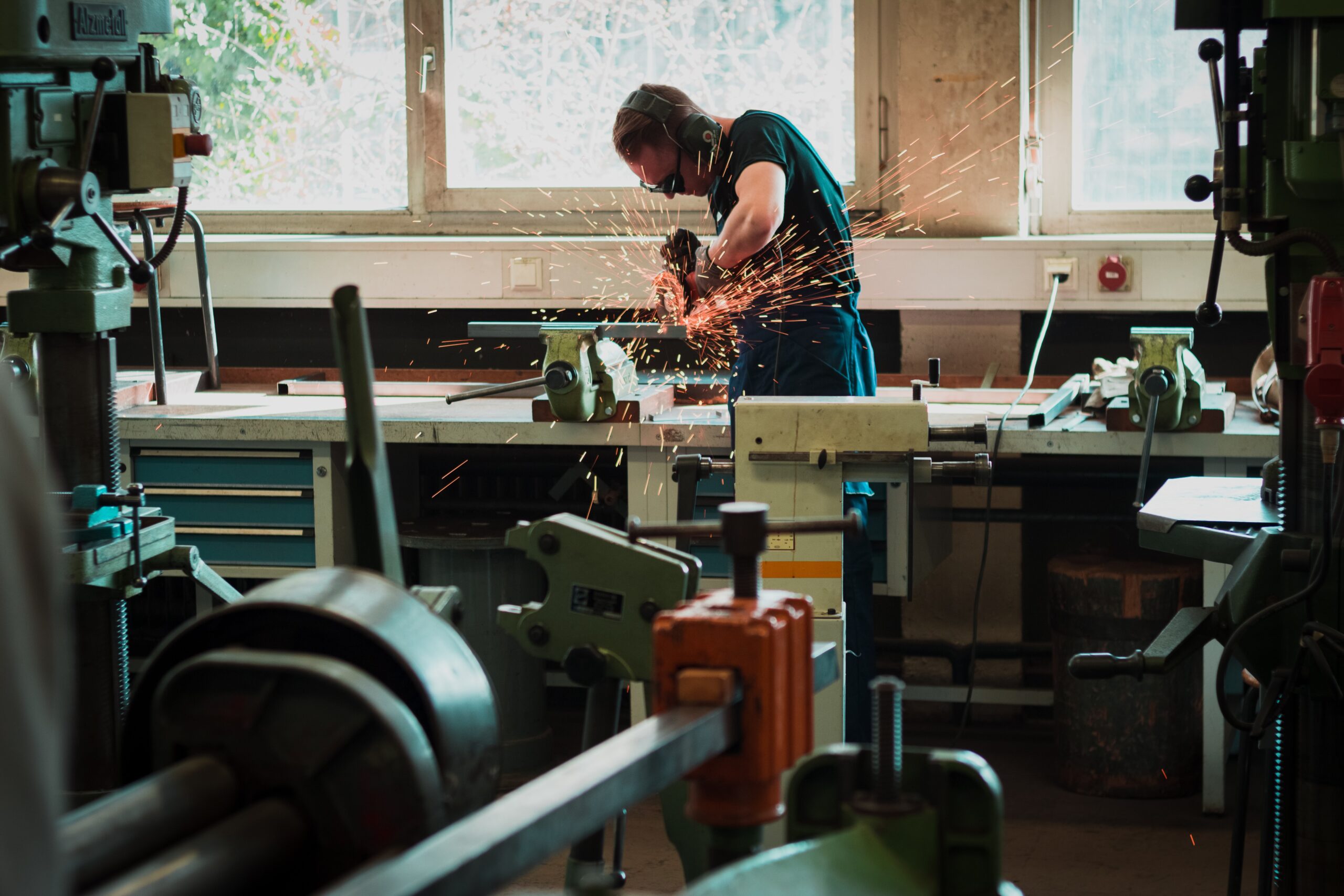
Posted on August-08-2024
Welding equipment is the backbone of many industrial operations, and keeping it in good working condition is crucial for ensuring safety, efficiency, and high-quality output. However, like all tools and machinery, welding equipment doesn’t last forever. Over time, wear and tear can take its toll, leading to reduced performance, potential safety hazards, and costly downtime. At Arc Welding Services, we know how important it is to recognise when your equipment is no longer fit for purpose. Here are some signs that it might be time to consider replacing your welding equipment.
One of the first indicators that your welding equipment may be nearing the end of its useful life is a noticeable decline in the quality of your welds. If you start seeing issues such as poor penetration, excessive spatter, or irregular weld beads, it could be a sign that your machine is struggling to maintain the necessary power output or stability.
Worn-out components, such as contact tips, nozzles, and liners, can also contribute to inconsistent welds. While these parts can often be replaced individually, persistent quality issues might suggest that the underlying machine is no longer performing as it should.
All welding equipment requires regular maintenance to keep it in top condition, but if you find yourself constantly repairing your machine or replacing parts, it might be more economical in the long run to invest in new equipment. Frequent breakdowns not only incur repair costs but also lead to significant downtime, which can disrupt your operations and affect your bottom line.
Consider how much you’re spending on repairs and compare it to the cost of new equipment. If the repair costs are mounting, it may be time to replace rather than repair.
Welding machines that frequently overheat or experience electrical problems are a clear sign that something is wrong. Overheating can be caused by a variety of issues, including a failing cooling system, worn-out internal components, or simply an overworked machine that’s past its prime. Electrical faults, such as inconsistent power delivery or difficulty in maintaining the correct voltage, can lead to poor welds and pose a safety risk.
If your machine regularly shuts down due to overheating or if you’re encountering electrical problems that aren’t easily resolved, it’s probably time to start looking for a replacement.
Welding technology has advanced significantly in recent years, with new machines offering enhanced features such as digital controls, improved efficiency, and better energy consumption. If your equipment is outdated, you could be missing out on these benefits.
Older machines may not be compatible with modern materials or techniques, and they often lack the precision and control that newer models offer. Upgrading to the latest technology can improve your welding quality, increase productivity, and reduce energy costs.
If you notice that your welding equipment is not performing as efficiently as it used to, such as taking longer to complete tasks or requiring more adjustments to achieve the desired results, it could be a sign that the equipment is wearing out. Declining performance often manifests as slower weld speeds, increased setup times, and difficulty maintaining consistency.
A machine that no longer operates efficiently can slow down your entire production line, leading to delays and increased labour costs. In such cases, upgrading to a more efficient model can help you maintain productivity and reduce overall operating costs.
Safety should always be a top priority in any welding operation. If your equipment shows signs of wear that could compromise safety – such as frayed cables, damaged casings, or faulty switches – it’s essential to address these issues immediately. While some safety issues can be repaired, if the equipment is old and the problems are recurring, replacing it may be the safest option.
Using equipment that is no longer safe puts both the operator and the workplace at risk, and it’s simply not worth the potential hazards.
As equipment ages, it often becomes less energy-efficient, leading to higher operating costs. Older welding machines may consume more power and require more consumables, such as gas and wire, to achieve the same results as a newer, more efficient machine. If you’ve noticed a spike in your energy bills or the cost of consumables, it may be time to assess whether your equipment is still cost-effective.
Investing in new equipment can reduce these operating costs, improve your welding efficiency, and ultimately save you money in the long run.
Recognising the signs that your welding equipment needs replacing is crucial for maintaining the safety, efficiency, and quality of your welding operations. While it can be tempting to keep repairing an old machine, there comes a point where replacing it is the more sensible and cost-effective option.
At Arc Welding Services, we offer a range of high-quality welding equipment and expert advice to help you find the right solution for your needs. If you’re unsure whether your current equipment needs replacing, or if you’re looking to upgrade to the latest technology, don’t hesitate to contact us on 0121327 2249. We also have an online enquiry form that you can complete and a member of our team will be in touch with you as soon as possible.